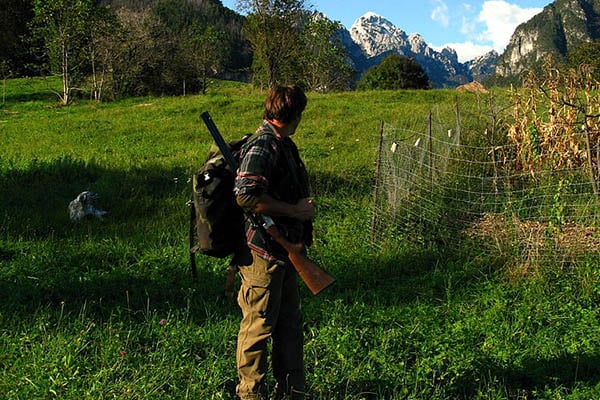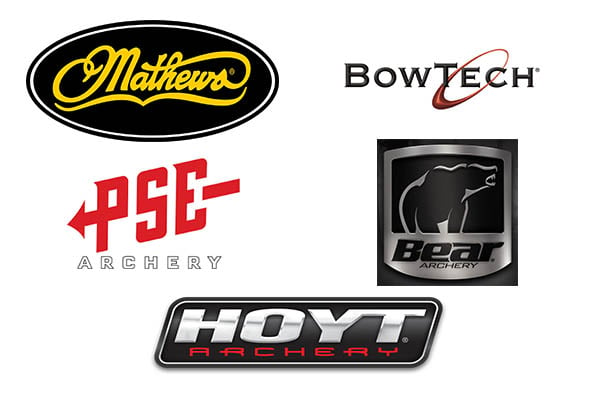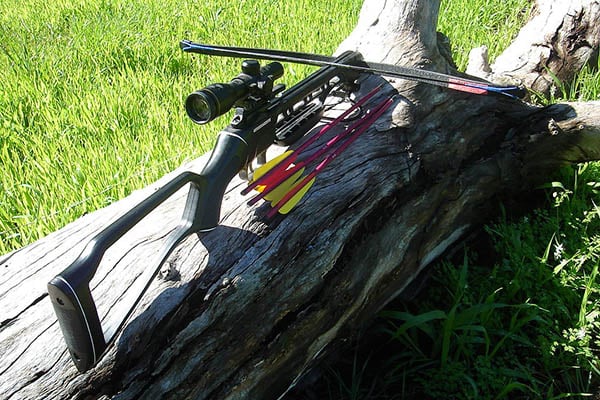Last Updated on
We all know that having the right gear on hand is vital to any successful hunting trip. Months are spent thinking about it while in traffic, at down times around your desk or workplace, and especially around the house on weekends. Careful planning goes into selecting your long term hunting gear, and those who lay out a reliable set of hunting gear, especially quality gear that will last, find that as the years go on hunting trips get easier and more enjoyable.
Maximizing space and including all the vital items in your hunting pack is part of the plan, and it only follows that hunters who carefully organize and pack their hunting packs will be able to access what they need quickly and quietly. Let’s take a look at two plans for packing a hunting backpack – the day trip and the overnight hunt.
A Word On Packs
Naturally, a successful hunting set up starts with the backpack. You can find a lot of great pack brands on Gritroutdoors, and we particularly recommend one from Badlands, Eberlestock or Maxpedition. All three brands have both day packs and packs suited for overnight hunting trips, and make sure to pay special attention to total pack space measured in cubic inches. You see packs that try to offer max space in one large compartment as well as packs that divide the space into several medium sized pockets or one large pocket and several peripheral smaller pockets.
Day Trip Hunt
You can cut down on your gear load when you’re not planning on staying the night in the field, and for hunts like these, a smaller day pack will get you through just fine. Most will find that 800 to 1400 cu. in. is more than enough for their gear, but don’t take our word for it, get as much space as you think you’ll need. However, don’t go overboard, especially if you never plan to do an overnight hunt or you need a pack you can easily access from your tree stand. Trust us, a large backpacking pack and a small tree stand platform don’t mix, but if you’re on top of your game, you can still stow a larger pack at the base of your stand and have most of what you need stashed around your neck or in your pockets.
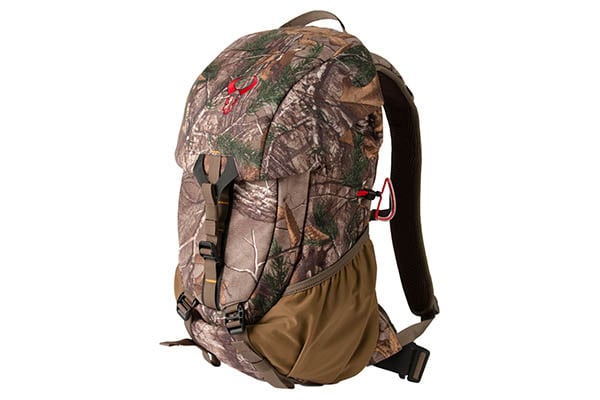
Day Trip Checklist
Here’s a sample checklist of what a common hunter might carry in their day trip hunting pack. Of course, feel free to mix and match based upon your chosen hunting area and needs. We’ll skip the obvious items like camo apparel and weapons, but be sure to check out other articles on the blog for recommendations on those items like: How To Select Hunting Clothing.
- Hunting binoculars (we recommend Vortex, Nikon or Leupold)
- Hunting Rangefinder (we recommend Leupold, Nikon, or Laser Technology)
- Heavy camo gloves
- Camo stocking cap
- Facemask
- Rain gear – both jacket and pants
- Blaze Orange Vest
- Cellphone / wallet
- Extra ammo / broadheads
- Game calls
- Outdoor knife for field dressing
- Rubber gloves for field dressing
- Game bag for transport
- Optional bone saw or hatchet
- Water (either bottles or hydration pack depending on pack style and preference)
- Energy bars or other snacks
As you can see, even a day pack can get pretty crowded. It would be a mistake to just throw all this gear into the pack and sort it all out once you’re at your stand or hunting location. First, every second counts in the morning when you’re trying to get to the stand before the game you’re after starts moving, and it’s no stretch of the imagination that you could waste 5 minutes or more sifting through a poorly organized bag before you are set. Secondly, you want to be quiet, and rummaging through a bunch of randomized gear in a pack isn’t going to be the stealthiest thing you can do. Instead, let’s get smart about where you store your gear:
Day Pack Organization
- Anything you need after the hunt should go in the bottom of the pack. This includes any field dressing gear, cameras, tags, and game bags. Once you’ve bagged the game you’re after, you have more time to dig to the bottom of the pack for these items and stealth is less of a concern.
- The next “layer” should consist of backup or weather change items. These items include rain gear, heavy gloves and a stocking cap or even an extra jacket. Consider these items as gear you wouldn’t wear straight to the stand but may need to grab if the conditions change throughout the hunt.
- At the top of the main compartment, your scouting instruments and optics should be ready for a quick unzip and grab when you arrive at the stand. Items like binoculars and rangefinders should be securely stowed for the hike in, but you’ll need to grab and take them out of the case quickly once you arrive in position. Game calls, electronic calls and similar devices should be included in this layer, but be aware of them sifting to the bottom of the pack, and consider placing them in a side pocket if they are small.
- Finally, food and water should be either placed in side pockets or at the top of a one-compartment pack. They should be easily accessible when you need them, but not necessarily in the way when you first arrive at your hunting location. One other note, remember if you choose an integrated hydration bladder in your hunting pack, it will have to be beside you or hanging from your tree stand. In cases like that, it may be better to have a small bottle of water (camouflaged) as a stand option.
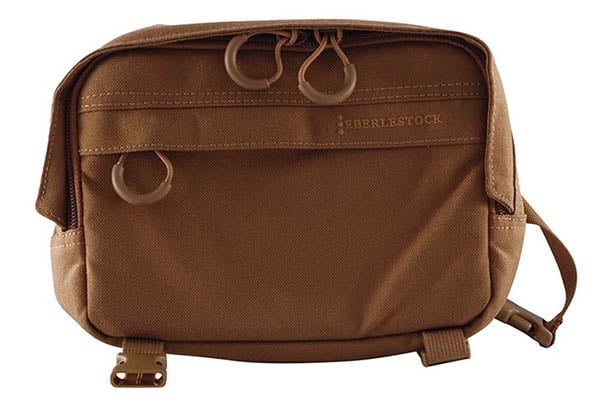
Overnight Pack Preparation
All those above items will probably make it into your overnight or backpacking hunting pack, but you’ll also need gear to get you through a night in the woods comfortably. Naturally, you’ll need a larger hunting pack to stow all this gear efficiently, and you’ll probably want to separate overnight gear from the day’s hunting gear in the pack. The sky is really the limit on max pack size here, but just remember the more space and gear you have, the heavier the pack you have to lug is going to be. Something around 2000 – 2500 cu in. is probably a starting point for most if they pack efficiently. You may also consider a backpacking frame pack for this purpose.
Overnight Pack Checklist
In addition to everything listed above, overnight items may include:
- Sleeping bag
- Roll up sleeping pad
- Small backpacking tent or bivvy
- Personal care items (medicines, toiletries, etc.)
- Small first aid kit
- Cooking equipment (Jet boil, fuel canister, cooking pot, utensils, etc.)
- Freeze dried food or your choice of evening meal
- Trash bag (heavy duty and well-sealed) for camping trash
- Scent blocking spray for gear after camping / before next day of hunting
- Flashlight / headlamp
- Weapon scabbard or travel bow case
Overnight Pack Preparation
- If possible, try to keep your overnight and day hunting gear separate. Overnight gear should go at the bottom of the pack or be your base layer, and then hunting gear should go above it in the same order as a day pack.
- Field dressing gear and other after the hunt items should still stay near the bottom of the pack as well. You’ll have time to dig them up once you’ve tracked down the game after the shot.
- Weather specific back up gear like rain jackets and pants, stocking caps, etc. will be packed above the field dressing gear, but remember that you might need these items while camping as well. In that case, a large secondary pocket might be more appropriate for this gear.
- Vital day-of hunting equipment like binoculars, rangefinders etc. should still be packed near the top, possibly above the field dressing gear if you have an extra pocket for weather specific extras.
- One other recommendation, you may consider getting a larger pack for the overnight gear, and then adding an attachable pack to it for your day of hunting gear. Eberlestock is best known for this as all their packs marry to one another.
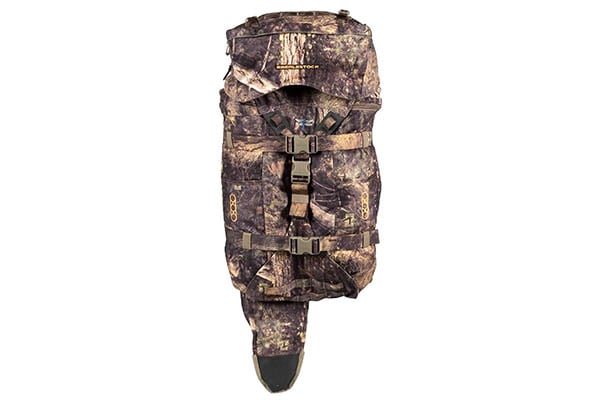
Thumb image courtesy of Wikimedia Commons.
